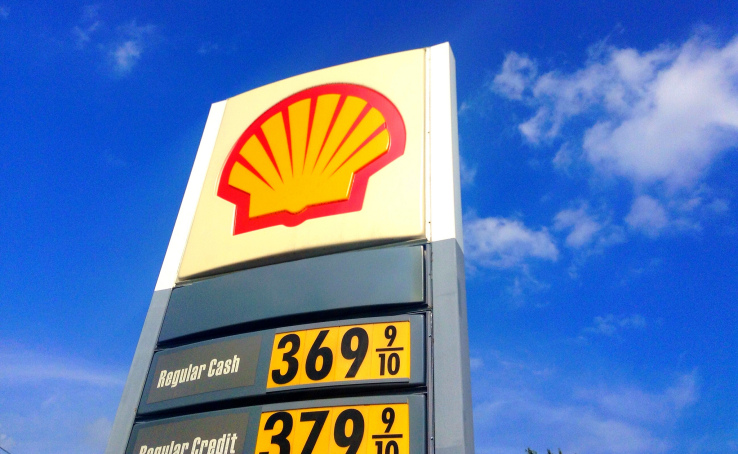
A recent report from Shell Plc examined and compared the growth trajectories of four energy forms, Solar, Wind, Nuclear and LNG, all having emerged within the past 60 years, which tell a very clear story about how the global energy sector is growing and changing.
Put simply: our youngest and cleanest energy technologies are the fastest growing the world has seen in at least 50 years.
Renewables are taking off. Not only have they become cost-competitive with major fossil fuels, in many cases they are more cost effective.
And on top of these dropping costs, governments around the world are increasingly sweetening the deal with hefty incentive and subsidies packages.
In the United States, the Biden Administration recently passed the Inflation Reduction Act, which offers billions of dollars to support the growth of the domestic clean energy sector. The Act may not do a damn thing to actually reduce inflation, but it does stand as the single-biggest climate bill ever passed by U.S. Congress.
In the European Union, leadership has responded with a comparable plan called REPowerEU. While subsidies and tax breaks, along with improved renewable energy technologies and economies of scale, have given a massive boost to the solar and wind power sectors, the breakneck growth of renewable energies is increasingly related to issues of energy security.
The recent (and ongoing) energy crisis emanating from Russia’s illegal invasion of Ukraine has made waves in energy markets around the world, spooking global leaders. The result has been a mad dash to shore up domestic energy production capacity to the greatest extent possible, as quickly as possible.